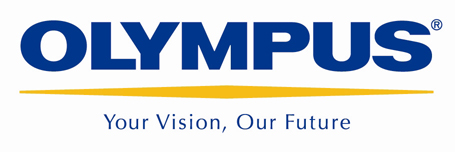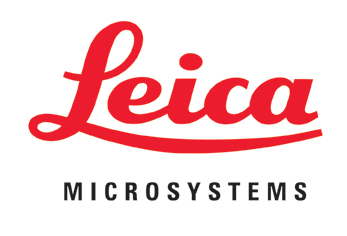|
The Science & Society sessions are an opportunity for scientists from all disciplines to hear about and discuss scientific issues of social importance or interest.
This year, neuroscientist Prof. Rizzolatti will talk about his discovery of mirror neurons, that has contributed to a better understanding of the mechanisms by which we acquire social skills and communicate our feelings and intentions. Some studies even suggest that mirror neurons may explain the development of culture, religion and language. 
| Sunday 11 September 18:45 - 20:00 - Yellow Level, Room OE F2
| Understanding actions, intentions, and emotions of others | Speaker: Giacomo Rizzolatti, University of Parma, IT
Session chair: Michele Garfinkel DE
|
Biography
Prof. Rizzolatti graduated in Medicine from the University of Padua, Italy and then spent three years at the Institute of Physiology of the University of Pisa. His subsequent academic career took place mostly at the University of Parma where, since 1975, he has been Professor of Human Physiology. He has been President of the European Brain Behaviour Society and Italian Society for Neuroscience.
He is a member of Academia Europaea, Accademia dei Lincei, Associé étranger of the Académie des Sciences, and Honorary Foreign Member of the American Academy of Arts and Sciences. Among his major awards are the Golgi Prize for Physiology, George Miller Award from the Cognitive Neuroscience Society, the Feltrinelli Prize for Medicine 2000, the Grawemeyer Prize for Psychology, University of Louisville, US and the IPSEN Foundation Prize, Neuroplasticity. He received Honorary Degrees from the University Claude Bernard of Lyon, FR, the University of St. Petersburg, RU and from University of Leuven, BE.
| Synopsis
Mirror neurons are a set of neurons that discharge both when the monkey executes a specific motor act and when it observes another individual doing a similar act. In the first part of his talk, Prof. Rizzolatti reviews the basic functional properties of monkey frontal mirror neurons. He will describe first their motor properties and will show that they code the goal of a motor act. He will review then their visual properties showing that mirror neurons represent a mechanism that allows a direct understanding of what the agent is doing.
Mirror mechanism also exists in humans. He will discuss the data proving it and will provide evidence that, although there are other mechanisms through which one can understand the behaviour of others, the mirror mechanism is the only one that allows understanding others from the inside providing the observer with a “first-person” person grasp of others’ motor goals, intentions and emotions. He will conclude by discussing the relationship between autism deficits and damage to the mirror mechanism. He will show that while children with autism understand the "what" of an observed motor act, they fail to recognize the "why" and the “affects” behind it. Because of these impairments, children with autism lack experiential understanding of others and rely on external factors in their behaviour.
|
|




